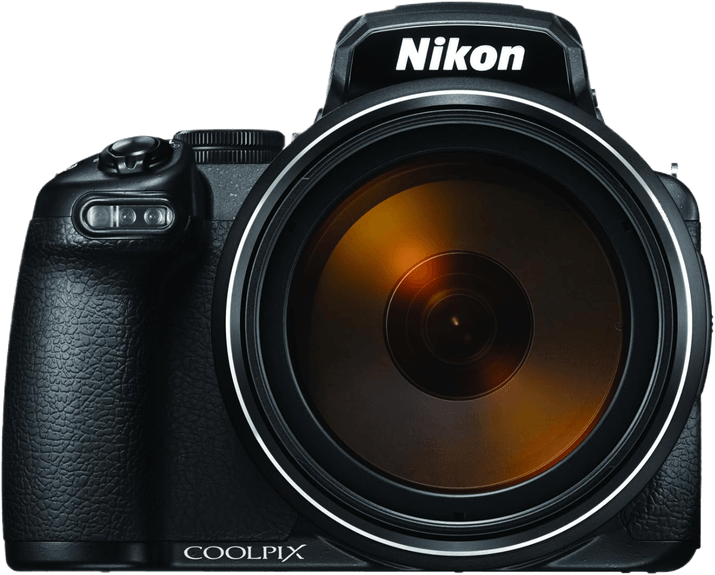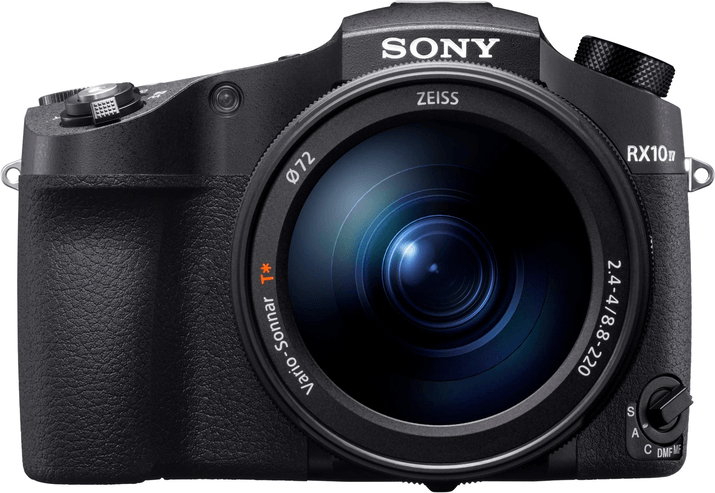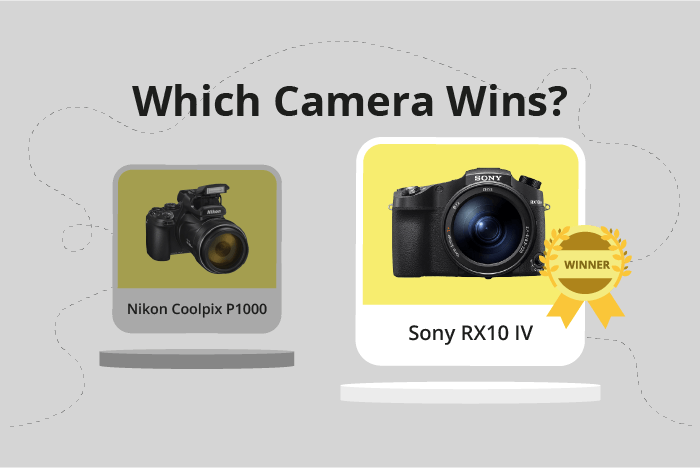Nikon Coolpix P1000 vs Sony Cyber-shot RX10 IV Comparison
Nikon Coolpix P1000

Sony Cyber-shot RX10 IV

The Sony Cyber-shot RX10 IV emerges as the winner with a score of 70/100, while the Nikon Coolpix P1000 trails behind at 52/100. Both cameras share the same camera type, being bridge cameras, and were released around the same time – 2017 for the Sony and 2018 for the Nikon.
The Sony RX10 IV has some advantages over the Nikon P1000, including its higher score, smaller size (133 x 94 x 145mm), and lighter weight (1095g). However, the Nikon P1000 has a lower launch price of $999.95 compared to Sony’s $1699.
Taking these factors into account, the Sony Cyber-shot RX10 IV stands out as a better camera in terms of performance and portability, while the Nikon Coolpix P1000 offers a more affordable option for those seeking a bridge camera.
Nikon Coolpix P1000 vs Sony Cyber-shot RX10 IV Overview and Optics
The Sony Cyber-shot RX10 IV outperforms the Nikon Coolpix P1000 in optics with a score of 68/100 compared to the P1000’s 53/100. Both cameras share common features, such as a CMOS sensor, fixed lens mount, image stabilization, and no option to change the lens. However, there are key differences that set the RX10 IV apart as the superior camera in terms of optics.
The RX10 IV has a higher megapixel count at 20 compared to the P1000’s 16, contributing to better image resolution. Additionally, the RX10 IV boasts a significantly faster shooting speed of 24, while the P1000’s speed is only 7. The RX10 IV also has a larger sensor size of 1″ compared to the P1000’s 1/2.3″ sensor, which results in improved image quality and low light performance. The Bionz X processor in the RX10 IV and its higher DXOMARK score of 82 further solidify its advantage in optics over the P1000’s Expeed processor and 69 DXOMARK score.
However, the Nikon Coolpix P1000 has its strengths, such as a 4:3 aspect ratio, which is preferable for certain photography styles and printing formats. The Sony RX10 IV, on the other hand, has a 3:2 aspect ratio, which may not suit all photographers’ preferences.
Despite the advantages of the P1000’s aspect ratio, the Sony RX10 IV’s superior optics performance is undeniable. The higher megapixel count, faster shooting speed, larger sensor size, and better processor all contribute to its higher score and overall enhanced image quality. While the Nikon Coolpix P1000 may be suitable for specific needs, the Sony Cyber-shot RX10 IV is the clear winner in terms of optics.
Nikon Coolpix P1000 vs Sony Cyber-shot RX10 IV Video Performance
The Nikon Coolpix P1000 outperforms the Sony Cyber-shot RX10 IV in video capabilities with a score of 83/100 compared to the latter’s 77/100. Both cameras have 4K video resolution and maximum video dimensions of 3840 x 2160, making them capable of producing high-quality footage.
The P1000 boasts a maximum video frame rate of 60fps, which is half of the RX10 IV’s impressive 120fps. This higher frame rate allows the Sony camera to capture smoother, more detailed slow-motion footage. However, the P1000 compensates for this with its built-in time-lapse functionality, which the RX10 IV lacks. Time-lapse features enable users to create stunning videos that showcase the passage of time, adding another dimension to their creative projects.
In terms of video capabilities, the Nikon Coolpix P1000 proves to be the better choice due to its time-lapse functionality, despite having a lower maximum frame rate compared to the Sony Cyber-shot RX10 IV. The RX10 IV, on the other hand, excels in capturing smooth slow-motion footage thanks to its 120fps frame rate. This feature may be particularly appealing to those who prioritize fast-paced action videography.
Taking these factors into account, the Nikon Coolpix P1000 offers more versatility in video features, while the Sony Cyber-shot RX10 IV focuses on providing smooth, high-speed footage. Ultimately, the choice between these two cameras depends on the videographer’s specific needs and preferences.
Nikon Coolpix P1000 vs Sony Cyber-shot RX10 IV Features and Benefits
The Sony Cyber-shot RX10 IV emerges as the winner in the features comparison with a score of 83/100, while the Nikon Coolpix P1000 trails behind with a score of 57/100. Both cameras share some common specifications, such as having a flip screen, WIFI, and Bluetooth connectivity. However, neither camera features GPS.
The RX10 IV outshines the P1000 in several aspects. First, the RX10 IV has a touchscreen, making it more user-friendly and efficient to navigate compared to the P1000, which lacks this feature. Second, the RX10 IV boasts a higher screen resolution of 1,440,000 dots, as opposed to the P1000’s 921,600 dots. This higher resolution translates to a sharper and clearer display, enhancing the overall user experience.
On the other hand, the P1000 has a slightly larger screen size of 3.2 inches compared to the RX10 IV’s 3-inch screen. This larger screen size may provide a marginally better viewing experience, though it is not a significant advantage over the RX10 IV.
In conclusion, the Sony Cyber-shot RX10 IV is the superior camera in terms of features, offering a touchscreen and a higher screen resolution. The Nikon Coolpix P1000 has a marginally larger screen size but lacks other key features that make the RX10 IV a better choice for consumers seeking a feature-rich camera.
Nikon Coolpix P1000 vs Sony Cyber-shot RX10 IV Storage and Battery
The Sony Cyber-shot RX10 IV emerges as the winner in storage and battery, scoring 37 points compared to the Nikon Coolpix P1000’s 29 points. Both cameras have a single memory card slot and support USB charging. They also accept SD, SDHC, and SDXC cards, but the Sony RX10 IV additionally supports Memory Stick Duo, Pro Duo, and Pro-HG Duo cards.
The RX10 IV outperforms the P1000 in battery life, offering 400 shots per charge, while the P1000 provides 250 shots. This difference makes the Sony RX10 IV more suitable for extended shooting sessions. However, the P1000 does not have any clear advantages in storage and battery over the RX10 IV.
Considering the storage and battery performance, the Sony Cyber-shot RX10 IV proves to be a better choice than the Nikon Coolpix P1000, mainly due to its extended battery life and wider range of memory card compatibility.
Nikon Coolpix P1000 vs Sony Cyber-shot RX10 IV – Our Verdict
Are you still undecided about which camera is right for you? Have a look at these popular comparisons that feature the Nikon Coolpix P1000 or the Sony Cyber-shot RX10 IV:

